For the customer, the flier, the plane-watcher, it can sometimes seem as though an airline can appear out of nowhere; and, from time to time, they can seem to disappear just as suddenly. And to people not keeping a close eye on the industry, such a disappearance can pass unnoticed until, one day, you find yourself thinking, “Hey – whatever happened to…”.
In the late 1990s, airline Eurowings – itself the product of a merger between two existing German airlines – created a low-cost branch under the name Germanwings. Over the next few years, Eurowings attracted some investment from leading German airline Lufthansa, and by 2001, Eurowings was almost half-owned by the big firm.
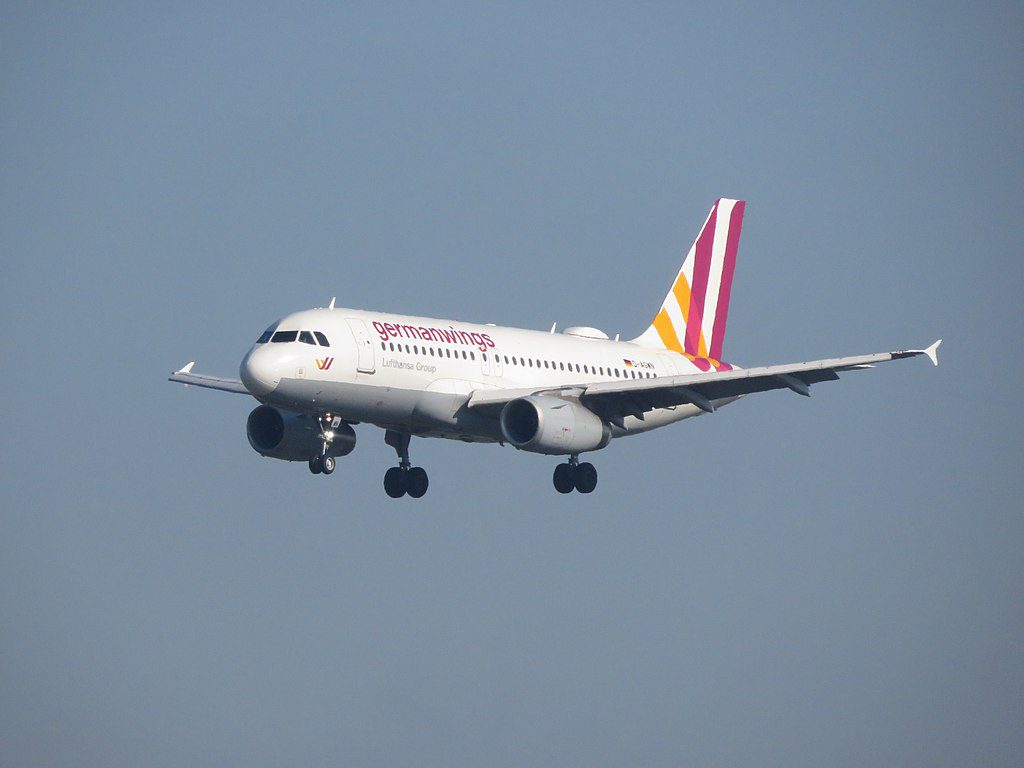
Now, though, it seems Germanwings has disappeared entirely. So what happened?
Aviation: A Complicated Business
I’ve no doubt that if I had a proper business head on my shoulders, I’d be able to run you through all the buyings and sellings and floatings and mergings that these three brands went through over their recent history. And even now, keen to at least give the impression of professionalism, I could pretend to do that, but the truth is I’m no finance expert and the complex workings of businesses are a good few flight levels above my head.
Airlines are some breathtakingly complex businesses. The way they operate and the ways in which they interact, sometimes competing and sometimes cooperating, forming alliances and subsidiary airlines that, so far as I can tell, often work in competition despite being owned by the same parent… It can be difficult to make sense of if, like me, your involvement in the industry side of things really only goes as far as “Has released the new version yet?”.
But, as far as I can tell, the way an airline operates will usually fall into one of two (very) broad categories. There are the traditional, well established lines, like Lufthansa or British Airways or Aeroflot or Qantas and so on, whose operating philosophy is all the comfort-and-style stuff you expect when you’re paying a full price for a fare. The “premium” service, if you will.
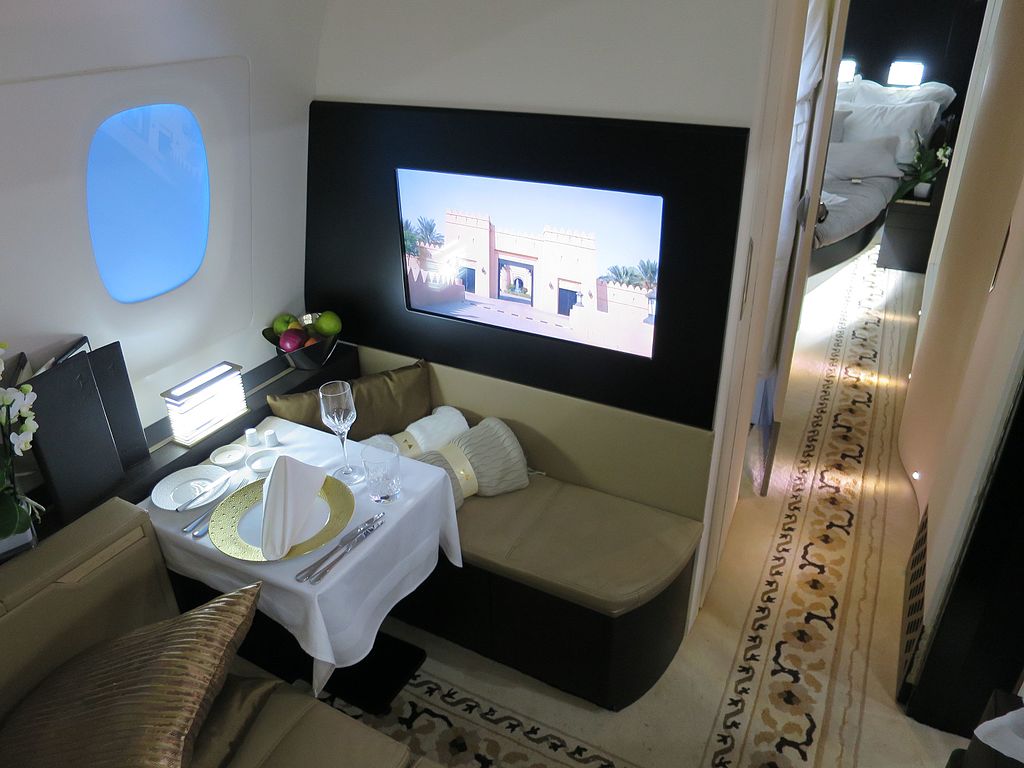
Low-Cost Takes Off
This low-cost business model got started quite early. The first no-frills airline, Pacific Southwest, started up in the US in 1949, and the business model expanded greatly in the 1960s. To cater to both the premium and the low-cost markets, it became common for larger airlines to operate a “budget brand”. This was essentially an entire airline – such as Germanwings – operating within the larger company, in this case Lufthansa. The budget brand allowed the company to provide low-cost services without compromising the perceived premium status of the parent line.
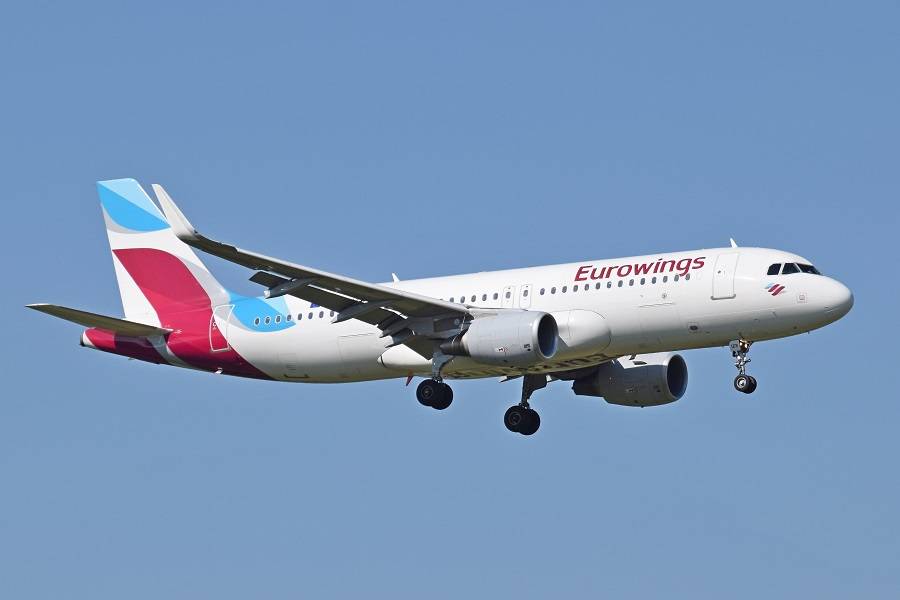
Now, it’s common to see independent low-cost brands, and the family tree of airline companies can be tricky to trace. Companies loan each other aircraft and crews, do maintenance for each other, fly each other’s routes… Sometimes their planes will operate in different companies’ liveries with different callsigns. And in amongst all of this, if you haven’t been keeping track, it can be easy not to notice when a particular brand vanishes.
There’s usually a lot going on behind the scenes, but the network of inter-company, inter-brand connections and leases and assignments can mask a lot of this for people not keeping their eye on things.
Where Did Germanwings Go?
Even before Covid-19 came along, the last decade or two had not been gentle on the commercial aviation business, as the effects of the 2008 global financial crash continued to ripple through economies around the world. Other economic and geopolitical instabilities contributed to the difficulties, and many airlines had already been in the process of trying to streamline their operations to reduce costs and keep their fleets running.
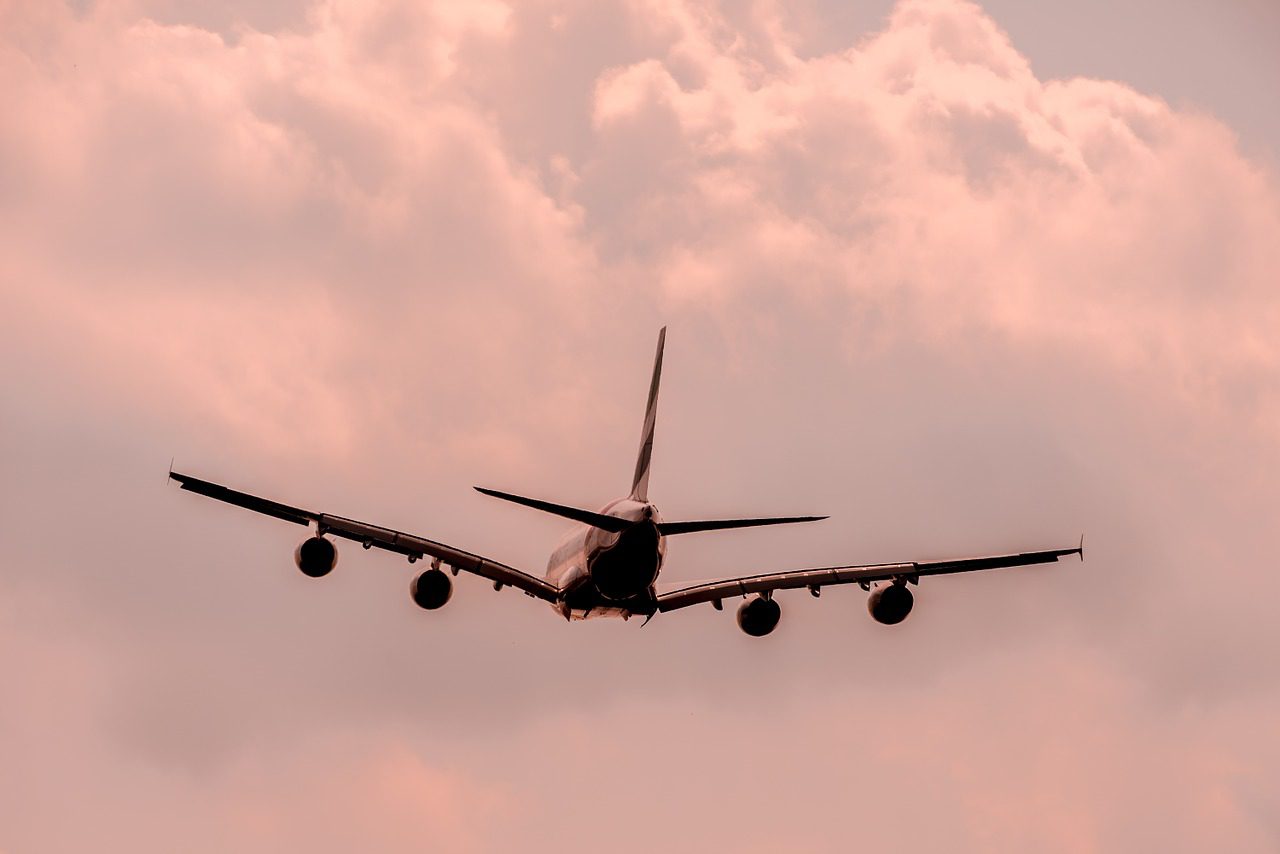
As far back as 2012, Lufthansa had found itself with two low-cost subsidiaries – Eurowings and Germanwings – and had mooted the option of consolidating them into a single line. In 2015 it took the first step towards doing so, reconfiguring Germanwings to operate flights for Eurowings on a wet-lease contract basis.
Then, in March 2015, Germanwings found itself in the public eye around the world, though for no reason anyone would have wanted. On 24 March 2015, Germanwings Flight 9525, an Airbus A320-211, crashed in the French Alps while en route from Barcelona to Düsseldorf.
It’s difficult to say to what extent this incident spurred Lufthansa’s decision to complete the closure of Germanwings, but in the years following the disaster, more and more routes and resources were transferred to the Eurowings brand. It could simply be that this was the natural progress of Lufthansa’s previous plan as announced; but it may well have been recognised that the uniquely disturbing circumstances of the Flight 9525 disaster had the potential to affect public perception of the carrier in especially profound ways.
The Coronavirus Hit
The last straw for Germanwings came with the outbreak of the novel coronavirus Covid-19, which spread rapidly around the world and led countries to implement various control strategies, including social distancing measures, lockdowns and travel restrictions. Globally, this meant many passenger flight operations were suspended indefinitely, with restrictions continuing even now as countries fight to control further outbreaks and waves of infections.
With no scope for its parent companies to continue supporting the additional brand under such difficult and unpredictable conditions, the decision was made to roll Germanwings fully into Eurowings. Germanwings was finally closed in April 2020.
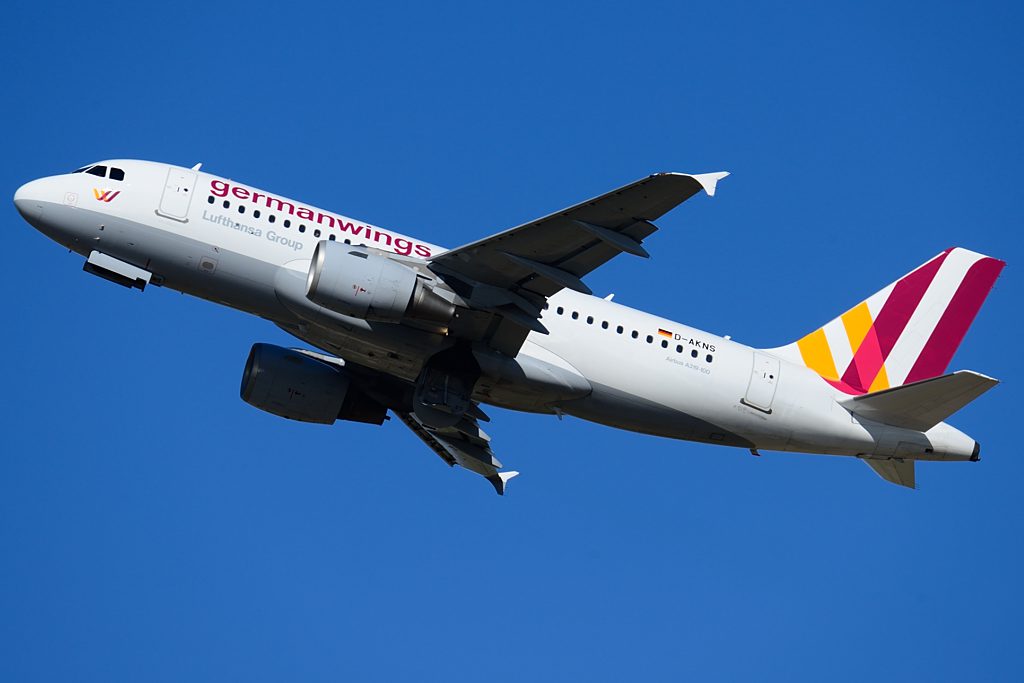




1 comment
Andre T
A bit too much fluff in this article hiding lack of details to the end of this airline. More details of Flight 9525 would have been nice. I had to look it up and this was one I’ve seen in episode of Mayday. This alone is having pilot purposely crash to commit suicide, is enough to significantly damage the brand, especially with the finding they knew he had issues. COVID was just the last nail in the coffin